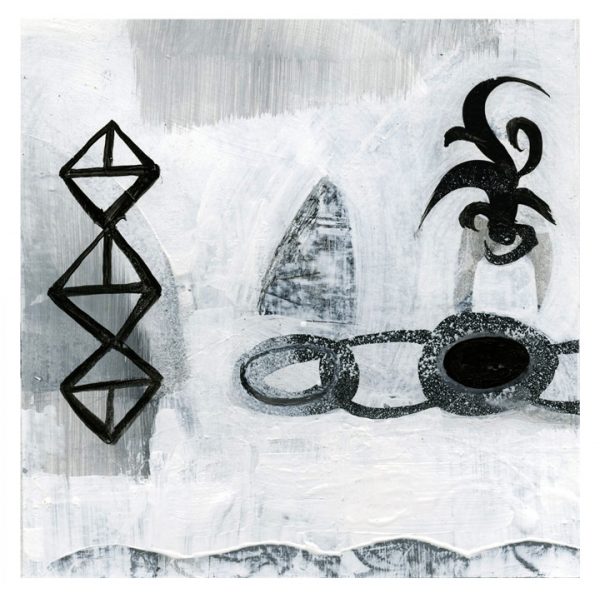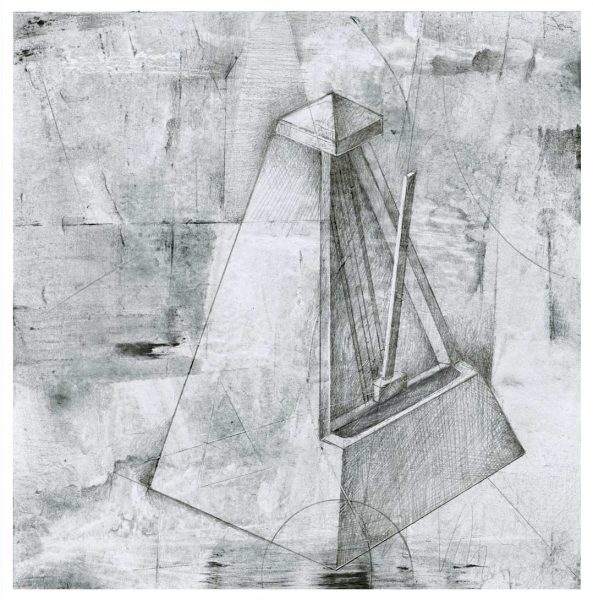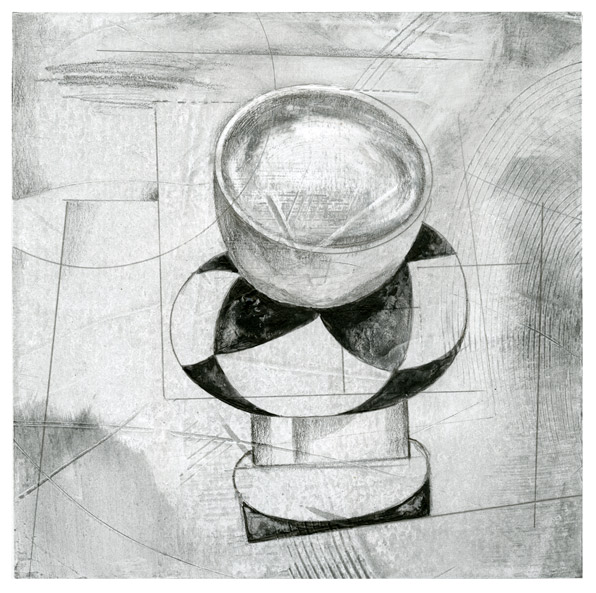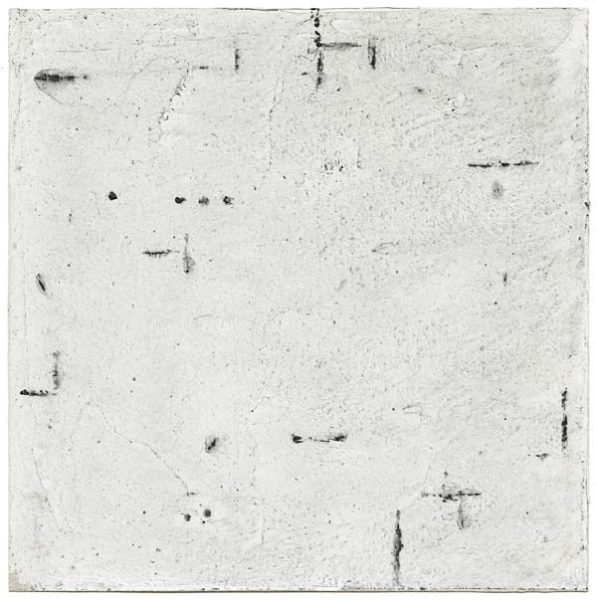
“Procrastination and mourning are tied tightly together: for to procrastinate is to mourn the precariousness of your creation even before you bring it into the world.
We should perhaps spend more time dwelling on the rich virtuality that precedes the fall into existence. That is, after all, what true contemplation must be about: a commerce with the irreality of things, a learned habit to see them from the privileged perspective of their pre- and nonexistence. Rather than get caught up in the misleading appearance of the material world, we transport ourselves back to a moment when the world, with all its holes and imperfections, hasn’t happened yet.”
— Costa Bradatan, From The Stone, New York Times, September 17, 2016
When I read “Why Do Anything? A Meditation on Procrastination” this weekend I wept with recognition. Accompanied by an exquisite illustration by Leigh Wells, the piece cuts right through to the contradictions and poetry of the contemplative state. Indeed, burn the plans for that building, let it remain a dream only: so much better to remain in the ether of perfection, far from the degradations of the planning commission or future bombing missions from afar.
Bradatan’s mythical architect of Shiraz concerned himself with designing a mosque; I just try to get marks on paper. To that end I occasionally leap over the reasons to avoid making an imperfect thing and sit down to draw “morning pages.” The pages are a state of mind that I practiced for years as a participant in writing groups inspired by Writing Down the Bones. A week-long course with Natalie Goldberg in Taos introduced me to her book and to writing as meditation, as a way of moving the hand and incidentally forming words— while also breathing. I have file cabinets full of notebooks from this period, and fond memories of the many circles that gathered around this practice, writing together and supporting a daily habit of practice and reflection.
I have not found it so easy to transfer the habit of practice and non-judgment to visual art. I come from the magpie school of being, in which nearly everything you see appears shiny and interesting and so you pick it up and put it in your pocket. Later after you empty your pockets you find that your house and mind are filled with a million and one bits of randomness and very little string. In writing practice there is a lovely way to store these things: in sentences. And then you can close the cover of your notebook and get on with your day (and collecting more shiny things…..).
With visual art the stakes are higher. Materials, time, shows, messes, cleaning up. And then the ideas just get bigger and bigger and farther and farther out of reach. This is why I have come to the practice of the small conversations in one color: simple. The fewer decisions I have to make the more likely I will sit down to make. I can have a general idea, or no idea, and I can allow myself to work in any style, because all I want is to be absorbed, and to see something I have not seen before. The time limit I set for myself has been a folly — I tell myself these will be quick, like an automatic writing session, but they take just as long as they want to. The reward is, as John Cage put it, “to be in time itself, not in measures.”




With autumn and the back-to-school state of mind comes a hope for new habits and a renewed practice of the quiet conversation. As Seattle settles into its normal state of non-ecstatic weather composed primarily of gray, gray and a darker shade of gray, it should be easy to draw what is around me.
Inspirations: My time with Natalie Goldberg and the people who formed around the practice of writing under her influence was nothing short of life-changing. I owe her a great debt of gratitude. As a visual artist, zen teacher and writer, she has first-hand access to the creative process and how it intersects with contemplation and freedom of mind. Whether you are a visual or verbal artist, or both, you will find that she offers a wealth of wisdom and inspiration.
Kathy Elliott says
Iskra, I love these drawings and I love your writing! I especially relate to your “magpie school of being”! 🙂
Thank you for sharing!